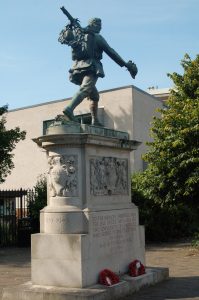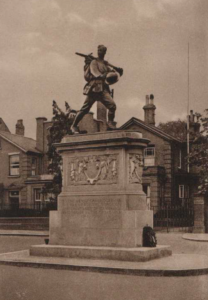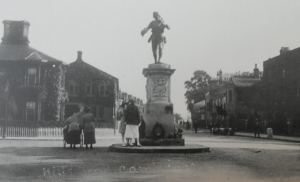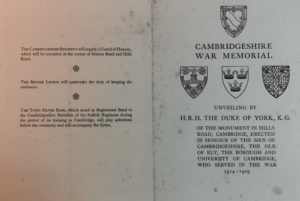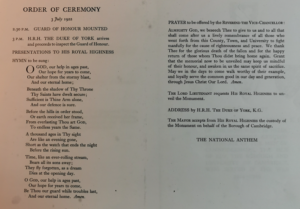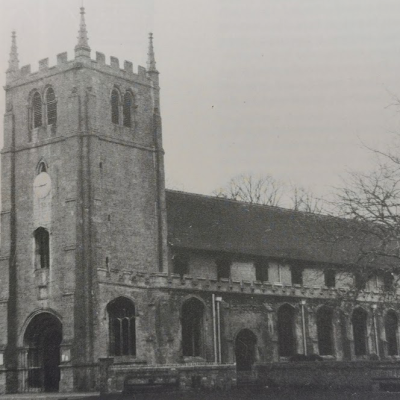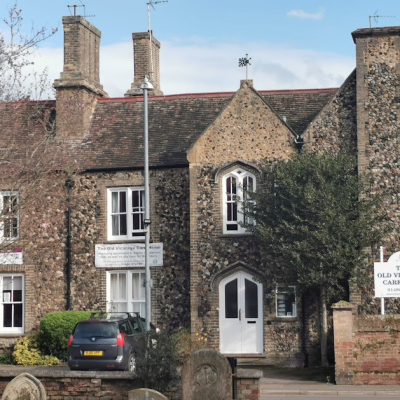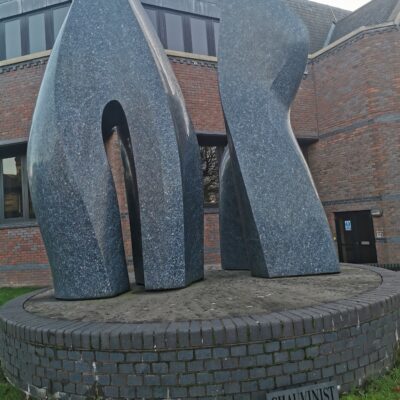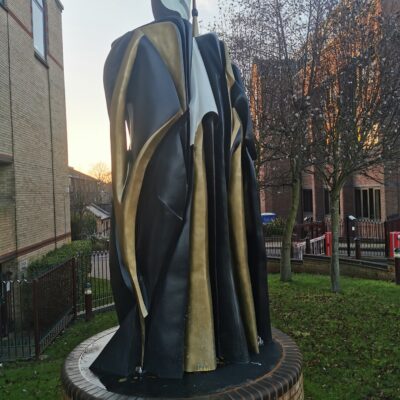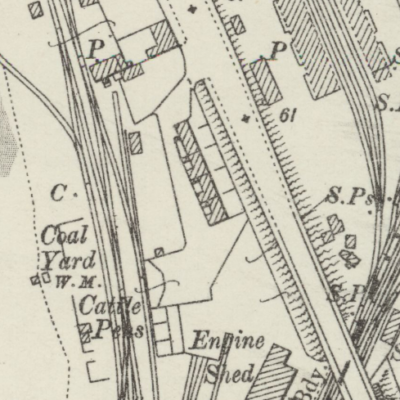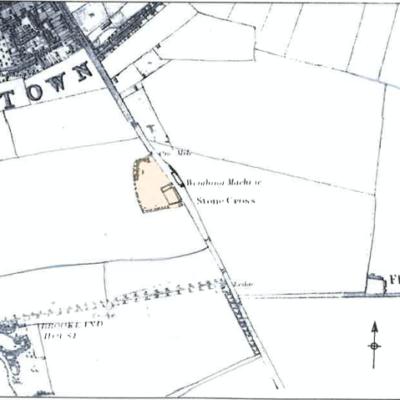Search by topic
- archaeology
- architecture
- bricklayer
- Building of Local Interest
- carpenter
- church
- crime
- dressmaker
- fire
- Great Eastern Railway
- listed building
- medieval
- oral history
- Public House
- Rattee & Kett
- Religious House
- Roman
- scholar
- school
- Then and Now
- tudor
- women
- work
- world war one
- world war two
Search by text

The Homecoming, Cambridge War Memorial, Hills Road/Station Road
History of the Cambridge City War Memorial
Pevsner notes (Cambridgeshire p. 328): The War Memorial is by the Scottish-Canadian sculptor and physiologist Robert Tait McKenzie, 1920-2, on a plinth designed by G Hubbard & Son and carved by Rattee & Kett.
The Cambridge War memorial has been moved twice since it was erected in 1922; once further towards Hills Road from Station Road in 1952 and again in 2012 from the middle of Hills Road to its present site outside the Botanic Garden entrance. It had been originally intended to place a monument on Parker’s Piece.
The Museum of Cambridge has in its collection a framed photograph of the head of the Home-Coming statue sculpted from clay.
The seven-foot, three-ton bronze statue on a twelve-foot stone base, created by Canadian sculptor Dr Robert Tait McKenzie, is of a young British soldier, striding eagerly towards the city centre but glancing back towards the railway station, remembering those who will not be coming home as he is. The monument was designed to represent Victory and to honour all Cambridgeshire men who had served in the war, not only the fallen. The dedication on the plinth reads: ‘To the men of Cambridgeshire and the Isle of Ely and the Borough and University of Cambridge who served in the Great War 1914-18’. It was unveiled at 3pm on Monday 3rd July 1922 by the Duke of York who was in Cambridge for the Royal Agricultural Society Show.
The sculptor’s own description of his ‘Home-comer’ is as follows:
‘The statue shows a private soldier in full kit on his triumphal return after the War. With discipline relaxed, he is striding along bare-headed, helmet in hand, a German helmet as a trophy slung on his back and partly concealed by a laurel wreath, carelessly flung over the rifle barrel. In his hand he holds a rose. Another rose thrown to him has fallen to the ground. His head is turned to the side, his expression is alert, happy and slightly quizzical, and his lips are slightly parted as if he has recognised an old friend in the welcoming crowd and is about to call upon him. In this face I have tried to express the type on whom the future of England must depend.’
Dr Robert Tait McKenzie was Professor of Physical Education and Physical Therapy at the University of Pennsylvania. He was known as a sculptor of athletes and as a therapist of soldiers physically damaged by war. Before the war he had made bronze casts of ‘Violent Effort’, ‘Breathlessness’, ‘Fatigue’ and ‘Exhaustion’ as expressed in the faces of athletes and during and after the war he designed masks to guide the reconstruction of damaged faces, contributing to the development of plastic surgery techniques. He also published a handbook in 1918 called Reclaiming the Maimed.
The face of the young Private was modelled on that of an English student at Christ’s College – Kenneth Hamilton – and the head was reworked many times before the final casting. Indeed, the head which was on the statue for the original unveiling was not bronze but gilded plaster and there were some fears for its survival when it rained on the morning of the unveiling!
For further information:
C Hussey, Tait McKenzie A Sculptor of Youth (London 1929)
K. S. Inglis, “The Homecoming: The War Memorial Movement in Cambridge, England” in Journal of Contemporary History 27.4 (1992): 583–605.
Imperial War Museum:
https://www.iwm.org.uk/memorials/item/memorial/887
Contribute
Do you have any information about the people or places in this article? If so, then please let us know using the Contact page or by emailing capturingcambridge@
License
This work is licensed under CC BY-NC-SA 4.0








